
Yes, you are going to guess EVERY ONE of the winner's moves.
And you are going to get EVERY ONE right.
OK?

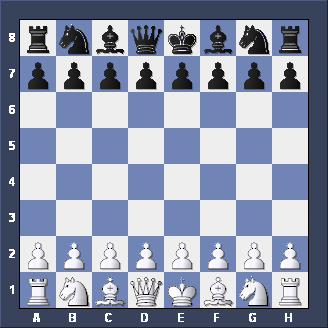
|
Here's your starting position. And, yes, Morphy played the first move preferred by most 19th century players. Come to think of it, it's probably also the move YOU prefer.  




|

|
Yes, Morphy played e2-e4 and the Duke and the Count replied, as most 19th century players did, with e7-e5. Morphy's second move was, again, the one you'd probably expect.
 




|

|
Paul played Ng1-f3, the usual move of course, and the allies opted for PHILIDOR'S DEFENSE - d7-d6. Do you remember the usual move in this opening?
 




|
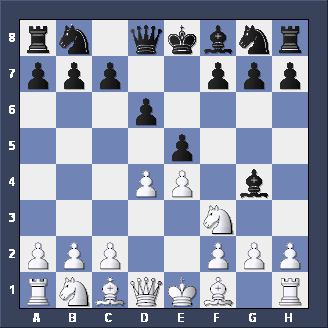
|
Morphy played the most popular move (even in his day), d2-d4. Black produced an unusual reply: Bc8-g4. White's next move gives him a clear advantage. You'll need to think a bit about this one.
 




|
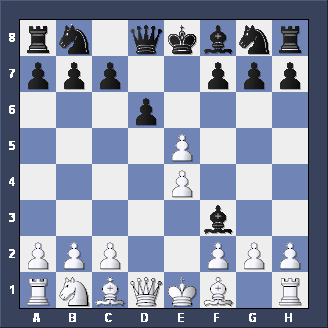
|
 




|

|
 




|

|
The allies chose Qd8-e7, rightly deciding that defending the f-pawn was more important than the b-pawn. Morphy's next move was maybe not the most obvious - think DEVELOPMENT!
 




|
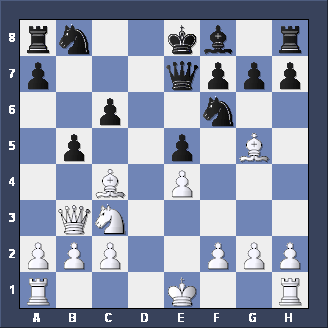
|
The allies decided to challenge the White Bishop with b7-b5. What would you advise Paul to do about that? Remember - ACT FAST!
 




|
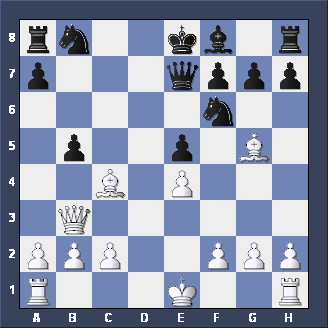
|
Morphy played a KNIGHT SACRIFICE!! Nc3xb5 was his move, and Black decided to accept: c6xb5. What came next, do you think?
 




|

|
So Black interposed his Knight - Nb8-d7 - and Morphy had to decide what to do next. Look for the quickest and best way to get your rooks into play.
 




|
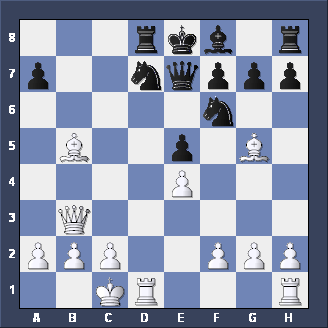
|
The Duke and the Count played the most obvious defense: Ra8-d8, and Paul had to decide how to continue. He has a forced win now, but he still has to ACT FAST!
 




|
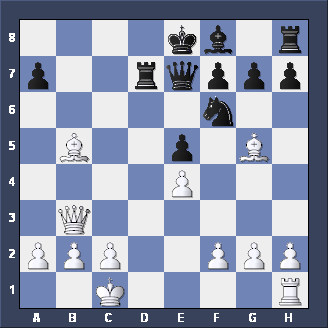
|
 




|

|
 




|

|
Let's look again at what you can learn from how Morphy won. We'll revisit a few key points in the game. 
|

|
 
|